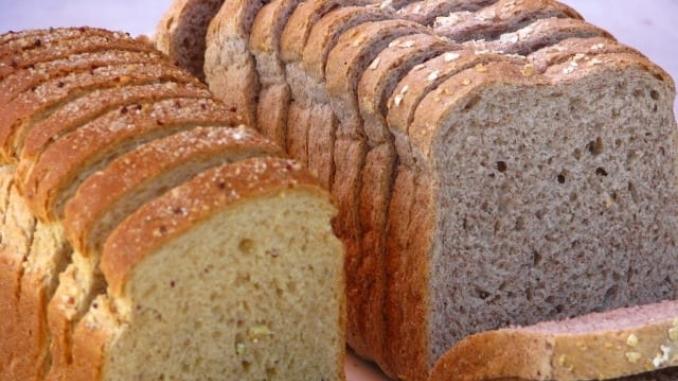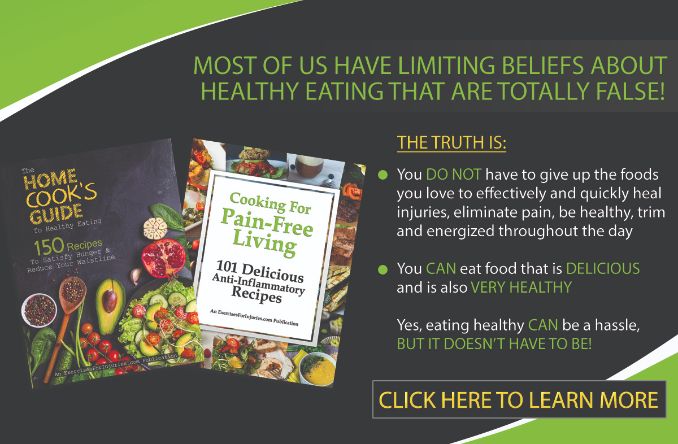
In modern times, the refrigerator or fridge has become a permanent and very useful appliance in homes, offices, businesses, recreation centers and many other locations. Refrigeration is a requirement for certain foods and liquids. Also, some foods and drinks taste better after being placed in a fridge to cool off. Indeed, what would you do without your fridge?
However, are all these food items in your fridge truly good for you? What is the effect of some of these foods and drinks on your waistline?
Especially in terms of weight loss, some foods in your fridge right now may certainly not be recommended. Hence, let’s look at 7 of the worst foods you could have in your fridge when considering weight loss and weight management.
#1 – Soda
When thinking of certain types of soda, imagine teaspoons of sugar slowing making a path towards your stomach and into the rest of your body. If this visual does not quite give you the shivers, it should. Sugar can be unhealthy for your body and does not do much to accentuate your waistline.

Some soda brands can contain at least 9 teaspoons of sugar in one can of soda. This is a significant amount and yes, while the gush of seemingly delightful bubbly “goodness” flows into your body and tastes good as you consume it, there is little nutritional value in such drinks. Options you could switch to include good old-fashioned water, tea and fresh juices that have undergone minimal processing.
There is also the notion that diet soda may be a healthier option. This probably occurs because diet soda uses the word “diet”. There are studies that show that weight gain can occur as a result of the consumption of diet soda [1] [2]. Soda has also been directly correlated with obesity epidemics and the increase in the use of artificial sweeteners which are also described as non-caloric constituents of these sugary drinks, contributes to other health problems as well [3]. Keeping sodas, whether ordinary or diet versions, out of your fridge can be very good for your health.
#2 – Ice Cream
Actually, many sugary desserts would fall into this category. Ice cream can have a full fat and sugar content. Indeed, there are also diet varieties of ice cream and other desserts. However, the reality about most desserts is the need or desire to get the feeling of consuming a bona fide dessert. The diet versions of desserts may not actually taste like the dessert your taste buds and body longs for. This is where the full fat and sugar content ice creams and other similar desserts tend to home in on our exact locations and take us on a sugar high.
The reason why ice cream and other sweet desserts could be one of the worst foods in your fridge is based on the powerful hold that these foods have. There is a huge portion control challenge associated with ice creams and these super-yummy desserts!
How do you save yourself from this dilemma?
If you need to have some ice cream in your fridge, seek out manageable portion containers such as individual ice cream cups. Also, add some healthier options like fresh fruit, Greek or low-fat yogurt. You could create a blended dessert of ice cream with some healthier options and gradually begin to wean yourself off the high sugar and high fat dessert choices that may currently exist in your fridge. Getting rid of fat and sugar can be a no-brainer when considering weight loss.
#3 – White Bread
Bread can be used to make delicious sandwiches. However, white bread presents a refined flour food item that has its key nutritional components stripped away during the food processing process. These missing nutritional components include the bran, germ and possibly some proteins originally contained in the flour and this can affect the body, especially heart health.
There are whole grain bread options which could be much better for the body. It is better to seek whole grain breads and foods that clearly specify being made with 100% whole grains. Processed white bread is mainly a carbohydrate that breaks down to sugar when digested in the body. Hence, when you stick to getting rid of as much sugar as you can, which may be disguised as seemingly delicious food items in your fridge, you are on the right track!
#4 – Food Dressing
Items like mayonnaise and other food dressings in your fridge sit there innocently waiting to be used. While some of these food dressings can be quite tasty and not entirely bad in reality, the problem with food dressing stems from how much calories you can consume from such a small amount.
For example, a quarter cup of mayonnaise could provide about 360 calories and 40 grams of fat. Some brands of mayonnaise also provide up to 100 calories per tablespoon. Thus, remember the basics of fat in foods and how this contributes to weight gain. For a large sandwich, there is the temptation to use more than a tablespoon of mayonnaise. However, there are different kinds of fat that may be used in food dressings and some may be good for the body’s metabolism [4].
#5 – Expired Condiments
The fridge can also act like a place where things are placed and inadvertently forgotten. Condiments, unfortunately, usually fall into the category of being tucked away in a corner of the fridge and being forgotten.
One reason why this can occur is the typical long shelf-life that condiments may have. There are other things that can also go bad or expire inside a fridge such as fruit. However, it may be easier to notice when fruit and other similar items are going bad. With condiments, the same telltale signs that may indicate spoilage in other foods may not be readily apparent. Hence, this does make it harder to detect spoilage.
Why is this important in terms of weight loss?
The quality of food that we consume is a significant part of any weight loss plan. Condiments can be a major culprit when considering expired substances in your fridge. Adding condiments may also increase sodium consumption and bloating. Why sabotage your weight loss by consuming expired food. There are different dates that may be associated with foods in your fridge and it can be beneficial to know what these dates mean [5]. Consuming expired food, especially expired condiments that may have probably gone significantly beyond their shelf life can be very bad for your weight and health.
#6 – Processed Meats
There have been recommendations to reduce the amount of meat consumption, especially red meats. Processed meats in your fridge may also not be the best option to include in your sandwiches and other dishes. This is as a result of the high sodium and saturated fat contents that can be found in certain brands of processed meats.
High consumption of these processed meats could also lead to higher risks of some diseases like diabetes [6], chronic obstructive pulmonary disease (COPD), heart disease and diabetes.
There can still be nutritional benefits from processed meat when healthier options or brands are chosen. For example, you can seek out processed meat brands that use all-natural ingredients and also brands that do not pump harmful components into the meat while processing these foods. These harmful substances can include nitrates or excessive amounts of sodium [7]. With more attention on eating healthy food, certain food brands have taken the initiative to dedicate their product lines to more natural food selections. Hence, look for natural and preservative-free food labels as you shop for food.
#7 – Butter
This food item has a high number of calories per serving. A single tablespoon of butter could easily load you up with 100 calories. Indeed, a hundred calories may not seem like too much to be overly concerned about. However, the main issue here is how scalable and out of control this can become. One tablespoon could just as easily become five or six tablespoons during the day.
When used during cooking, the flavor of butter can also vanish, leaving you with a high calorie food component in your body. Butter also provides about 30 mg of cholesterol and 7 g of saturated fat in a single tablespoon. Margarine may not be the better alternative to butter. However, using virgin coconut or olive oil could be a healthier substitute.
When focusing on weight loss, there are certain types of foods you should stay away from. Unfortunately, if these food items are in your fridge, pantry or kitchen, the chances that you could consume the foods can be very high. Hence, knowing what the worst foods in your fridge could be is the first step towards getting it right in terms of weight loss goals and healthy living.
If you are looking for other foods to keep in your fridge and kitchen that help you with inflammation and joint pain, then check out 101 Superfoods that Stop Your Joint Pain & Inflammation:
.







